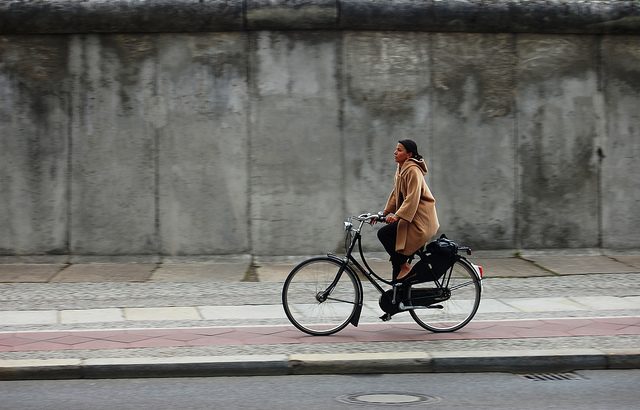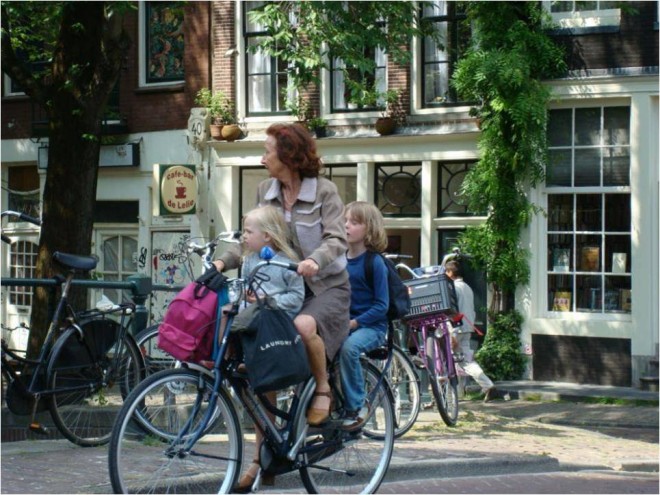
It's All About 'High Heels on Wheels'- 'City Cycling' Talk With John Pucher
Why is that that some countries see more women cycling than men? How did the world view the first women that ‘dared’ cycle ? And did you know that early medical journals opposed women cycling on the grounds that it would harm their sexual health? Professor John Pucher, author of the upcoming book, “City Cycling”, explains why women are the key to more cycling.
"Even today, women tend to cycle a lot less than men in most countries. For example, women’s cycling levels are only about a third as high as for men in North America and Australia," explains Professor John Pucher, whose new book dedicates a whole chapter to cycling and women.
"So it might come as a surprise that the bicycle was viewed as a symbol of women’s emancipation by the leaders of the feminist movement in the 19th and early 20th Centuries."
Elizabeth Cady Stanton, a leading figure in the early women’s rights movement in the United States, saw the bicycle as a reason for dress reform, and argued that the bicycle would inspire courage, self-respect, and self-reliance in women. Prominent nineteenth-century American women’s rights advocate Susan B. Anthony was another proponent of women’s cycling, noting that bicycling had done more to emancipate women than anything else, giving women a feeling of freedom and self-reliance. By comparison, many men opposed women riding bikes. Did men fear that the bicycle would make women less dependent on them? Incredibly, several medical journals in the early 20th Century—all published by men—opposed women cycling on the absurd grounds that it would harm women’s sexual health, promote unnatural orgasms, and lessen wives’ commitment to their husbands.
“Of course, my upcoming “City Cycling” book takes a much different stance. It actually documents a wide range of health benefits for women who cycle, including improved overall physical fitness and reduced risk of obesity, coronary heart disease, and various kinds of cancer,” says Pucher.
"...several medical journals in the early 20th Century—all published by men—opposed women cycling on the absurd grounds that it would harm women’s sexual health, promote unnatural orgasms, and lessen wives’ commitment to their husbands."
“Combined with the obvious mobility benefits of cycling for women, there are many reasons to close the current gender gap in cycling rates observed in most countries.”
How to Increase Cycling: Just Ask Women
One thing we’re all dying to know is how do you actually get women to cycle more often? Chapter 10 of “City Cycling” provides the right answers, and best of all is that it hasn’t been written by Pucher himself.
“It only makes sense that a chapter about women and cycling should be written by women, and the authors of this chapter are the world’s leading experts on the topic: Jan Garrard, Susan Handy, and Jennifer Dill,” explains Pucher.
“Perhaps the most important finding of their analysis is that women are an 'indicator species' when it comes to cycling.”
In cities where a high percentage of bike trips are by women, overall rates of cycling are high, and cycling conditions are safe, convenient, and comfortable. Where few women cycle, overall rates of cycling are low, and cycling conditions are unsafe, inconvenient, uncomfortable, and sometimes outright impossible. Thus, the authors suggest that the percentage of women cyclists is a key indicator of the success of cycling.
“In short, the best way to raise overall cycling levels is to get more women cycling. And that is the heart of this chapter,” says Pucher.
"In short, the best way to raise overall cycling levels is to get more women cycling"
As it turns out, the biggest obstacle to more women cycling is their fear of traffic danger, and that is also the main factor discouraging children and seniors from cycling as well. Thus, improving cycling safety is the key to increasing cycling by women, children, and seniors, and all persons who are risk-averse or especially vulnerable to traffic dangers.
The Netherlands, with the world’s safest cycling, is portrayed as the model of what needs to be done to get everyone on bikes for all trip purposes. With 56% of all bike trips by women, the Dutch certainly pass the ‘indicator species’ test of successful cycling policies.
Following the Dutch Model
So what do the Dutch do that makes cycling so safe, convenient, and comfortable so that virtually everyone in the Netherlands rides a bike?
“Read my book and you’ll get a detailed answer to that question,” Pucher laughs, “But the short answer is that the Dutch do everything.”
Indeed, the Dutch provide a fully integrated, complementary package of infrastructure, policies, and programs to promote cycling.
"...the short answer is that the Dutch do everything.”
The authors highlight two aspects of the Dutch pro-bike package:
- Superbly designed cycling infrastructure physically separates cyclists from motor vehicle traffic on arterial roads and provides priority crossing at intersections, while traffic-calming of residential neighborhoods (30km/h speed limits), in effect, turns local streets into bikeways.
- Rigorous training and testing is required of both cyclists and motorists, and traffic regulations are strictly enforced for everyone. In addition, motorists are legally responsible for any crash with a cyclist, thus putting motorists on the defensive and forcing them to pay special attention to avoiding the endangerment of cyclists.
"It is the combination of superb cycling facilities and responsible, considerate motorist behavior toward cyclists that explains why cycling is safer in the Netherlands than in any other country in the world," explains Pucher.
"And that, in turn, helps explain why so many Dutch women, children, and seniors get around by bike."
"City Cycling" really is a gold-mine of information when it comes to cycling and women. It looks at the gender gap in cycling in a wide range of cities and countries. But the brilliant thing about this book is that the authors don't just analyze the current situation. It also tell us how we can get more women cycling.
Pucher's message is clear: if you want to get a city cycling, you've got to focus on women.
This is article is part of a series on the upcoming book "City Cycling". As new articles in the series appear online, click on the image below to view them. Feel free to repost any of these articles on your website to help spread the word about this new book.
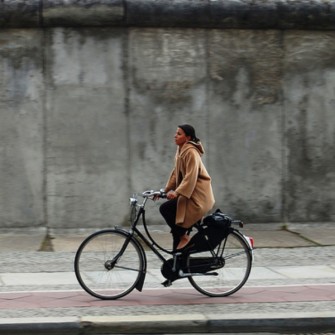 |
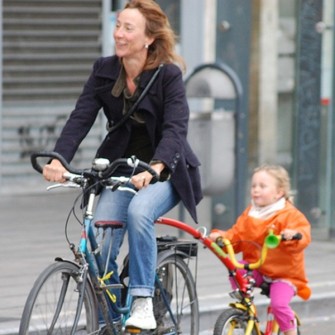 |
|
| Health and Cycling
Cycle For One Hour and You'll Live an Hour Longer |
It’s All About ‘High Heels on Wheels’ |
Children Are The Future of Cycling |
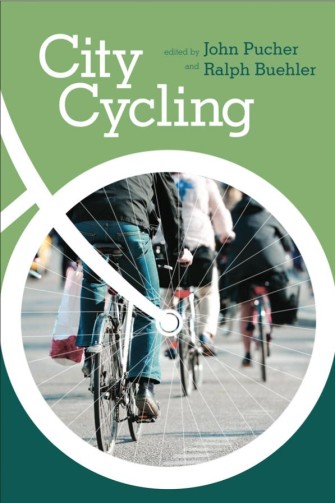 Get Your Hands on"City Cycling"
Get Your Hands on"City Cycling"
The book appears in print in September but can already be ordered at a pre-publication discount ($18) at Amazon.com and BarnesandNoble.com. For further information about the book, including a detailed table of contents and listing of contributors, see the following website:

About the Author
John Pucher is a professor in the School of Planning and Public Policy at Rutgers University in New Jersey. He has conducted research on a wide range of topics in transport economics and finance, including numerous projects for the U.S. Department of Transportation, the Canadian government, and various European ministries of transport. For over three decades, he has examined differences in travel behavior, transport systems, and transport policies in Europe, Canada, the USA, and Australia. Over the past 15 years, Pucher's research has focused on walking and bicycling, and what North American and Australian cities can learn from European cities to improve the safety, convenience, and feasibility of these non-motorized modes.
Contact the author
Recent news!
Upcoming events
Contact Us
Avenue des Arts, 7-8
Postal address: Rue de la Charité, 22
1210 Brussels, Belgium

